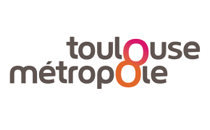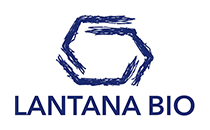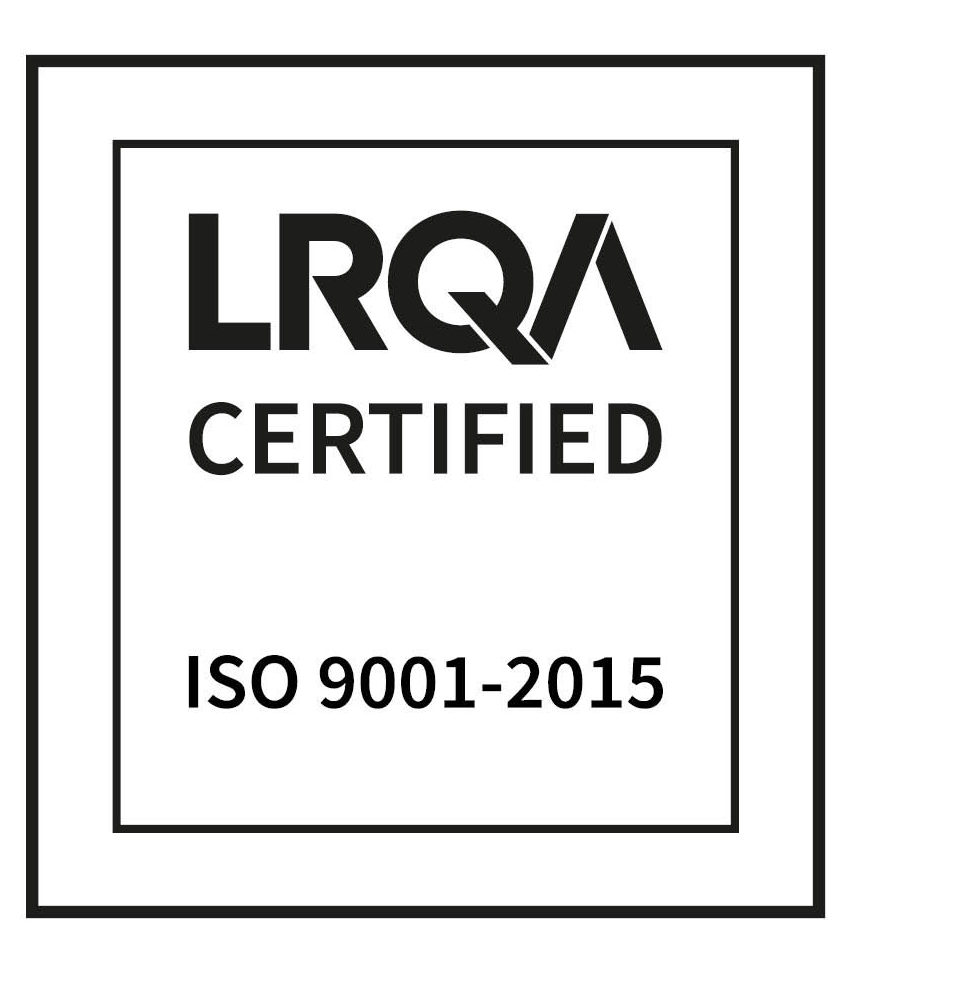Great success for SYNTHACs project!
The SYNTHACs project entitled “Synthetic Biology for the Production of Value- Added Chemicals from Renewable Resources” and price-winner at the 1st call of the program of Investment of Future in 2010 under the umbrella of ANR (Research National Agency) was dedicated to a fermentation production of a chemical -non-natural- synthon termed 2, 4 dihydroxybutyric acid (2,4 DHB) from glucose.
The exceptional technological property of this chemical molecule has been a major asset and motivation in this project. Indeed, 2,4 DHB can be readily converted into hydroxyl analogue of L-methionine, an essential amino acid in animal nutrition which is today exclusively chemically synthetized using petrol and gas derivatives. In addition, this synthon can be used as a precursor of a wide panel of molecules in sectors of fine chemistry, aerospace and pharmaceutical industries.
The SYNTHACs project which has been financed by ANR* from November 2011 to June 2017 aimed at expressing a synthetic pathway made up of 3 ‘non-natural’ enzymatic steps required to produce 2,4-DHB from L-malate, a carboxylic acid of the Krebs cycle obtained from glucose metabolism.
The project has been structured in three task forces:
- The first task dealt with the modelling and enzymes engineering towards optimising catalytic efficiency of these 3 enzymes of the synthetic pathway.
- The second concerned metabolic and strain engineering in order to direct the carbon flow to the malate and to optimize and stabilize the expression of the synthetic pathway within the bacterial cell.
- The process of fermentation and extraction of the chemical synthon from fermentation broth was the third task force of the project.
The major deliverable of SYNTHACs project was to reach a production of 2,4 DHB of several grams by liter with a yield on glucose close to 30 %. We raised this challenged thanks to the work of a consortium made of three academic partners, LISBP bringing its skills in enzymatic, metabolic engineering and microbial physiology, the Mathematical Institute of Toulouse, expert in analysis of complex data and mathematical modelling, the Toulouse White Biotechnology ‘ (TWB), offering a technical environment for the development of this kind of project and a private partner, Adisseo company, world leader in animal nutrition providing its contribution on the fermentation, extraction and chemical aspects of the project.
Hence, starting from an initial production of a few mg per liter of 2,4 DHB at the onset of this project, this titre has been multiplied by more than a thousand at the term of the project.
Part of this work has been recently published in the Nature communication journal (Nat. comm, Jun 27, 8, 15828) and several other publications are currently in submission or preparation.
The success of these researches that allowed to raise the project at the TRL4 (technology readiness level of maturity) has motivated the industrial partner in its willing to pursue the project up to the preindustrial scale (TRL7 level) with the cooperation of INSA and with a financial support of ADEME (Agence De l’Environnement et Maîtrise de l’Energie).
In conclusion, the achievement of the “SYNTHACs” project strongly supports, on a scientific point of view, our remarkable ability to design microorganisms ‘à la carte’ expressing new and untapped biological functions. It represents in this way a concrete example in the emerging field of ‘Synthetic Biology’ that is expected to revolutionise the Biotech Industry. On an economic perspective, this project prefigures a likely viable alternative to the Petro chemistry to produce platform molecules from renewable carbon source by fermentation that should profitably substitute those currently obtained from fossil resources.





